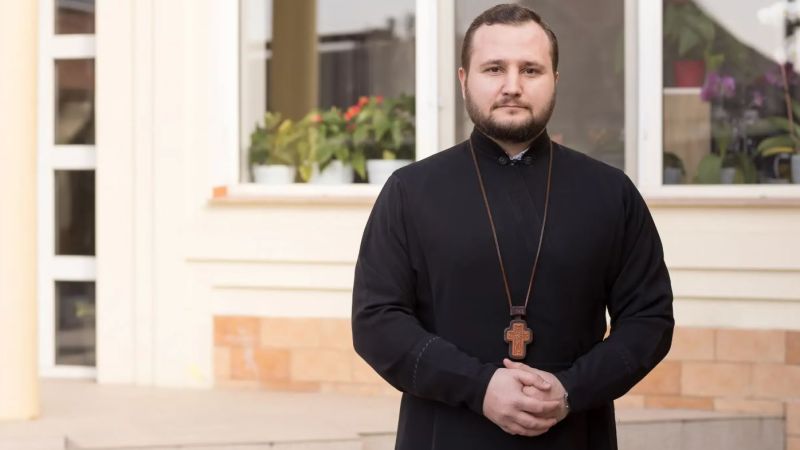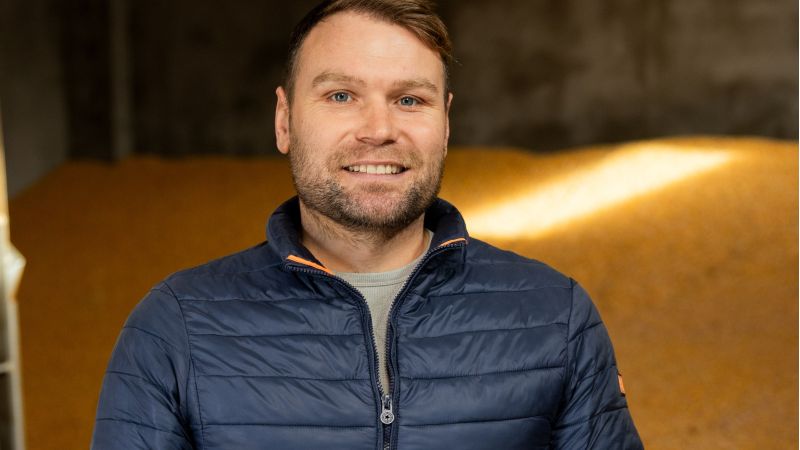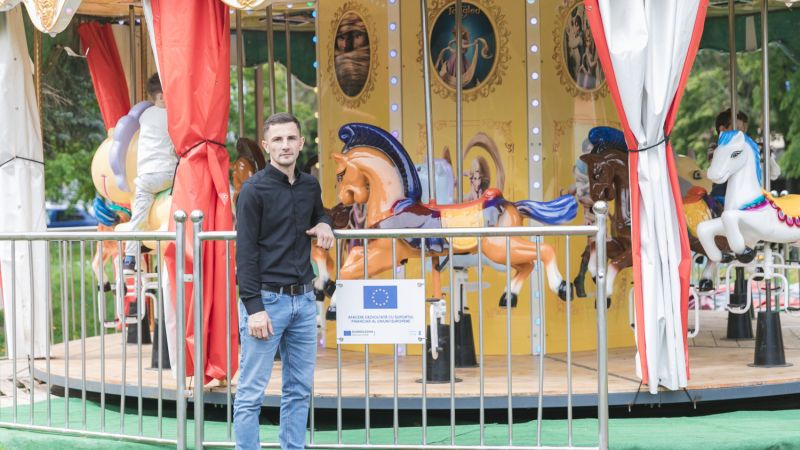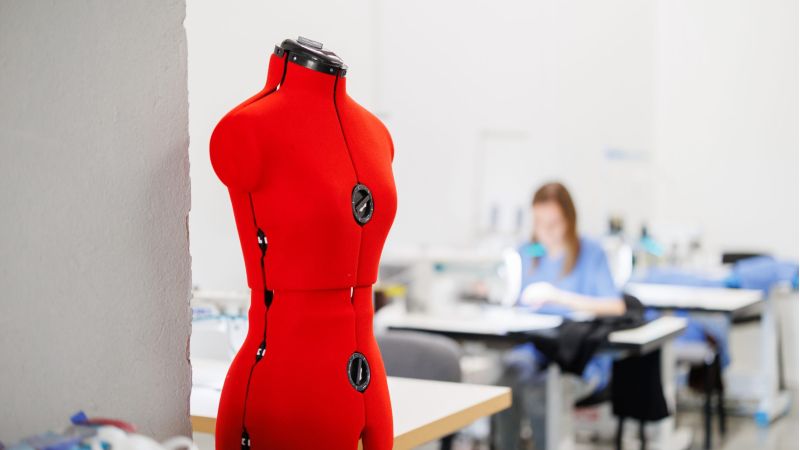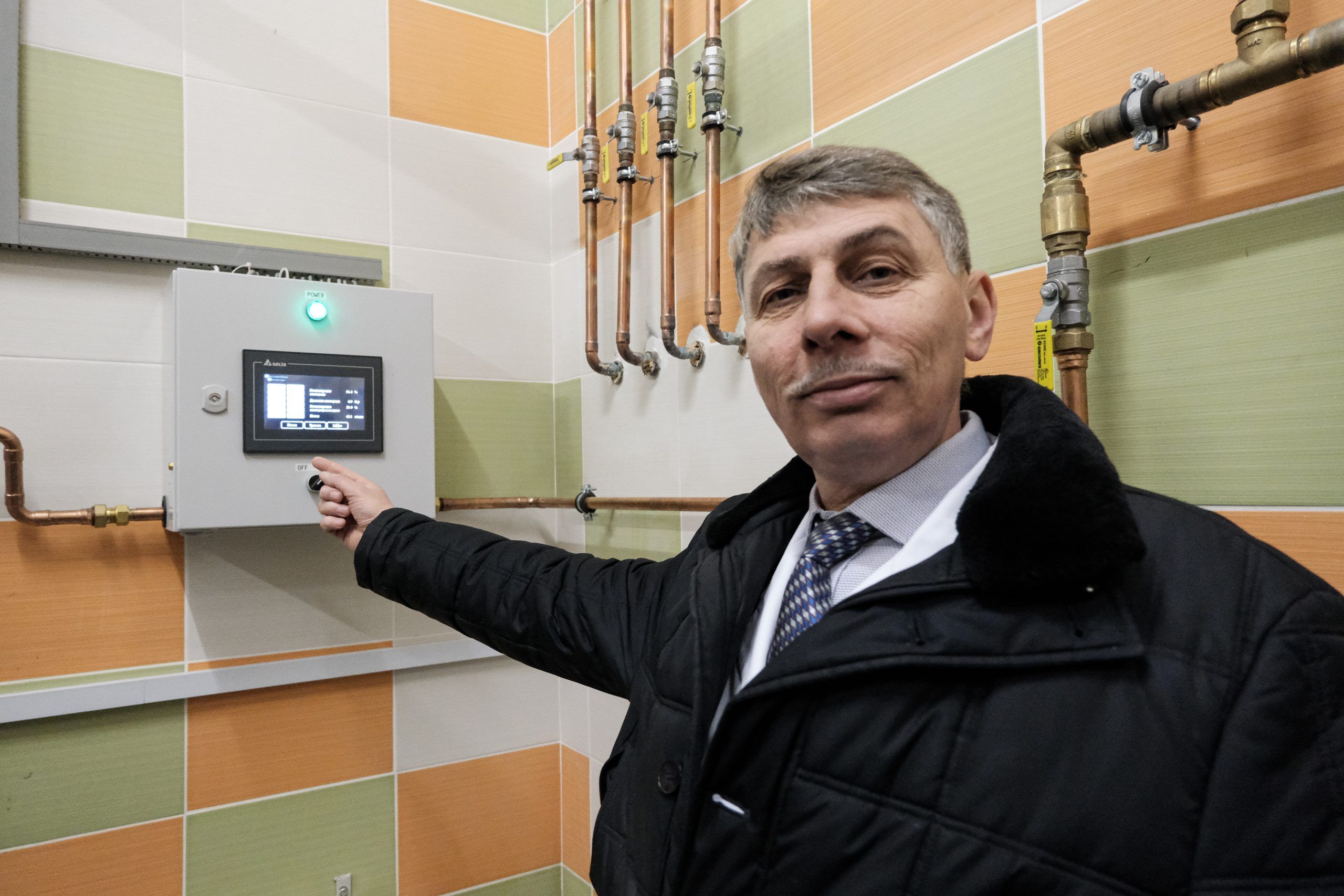
To heal better: how the EU helps Brest Regional Children's Hospital
- Cross-cutting areas
- Civil society
- Mobility & people-to-people contacts
- Health
Since November 2020, the Brest Regional Children’s Hospital in Belarus no longer uses oxygen tanks – there is a modern oxygen station now. Moreover, the hospital has a new ambulance and five new ventilators.



All this was achieved with EU support within the framework of the Poland-Belarus-Ukraine 2014–2020 Cross-border Cooperation Programme, in which the residents of Brest participate through the Better Access to Medical Services in the Cross-Border Region project, with the Autonomous Public Health Department in Lositsy (Poland) acting as the project partner. Total funding amounts to just over €1.1 million.
‘Very significant project for Brest’
The project coordinator, associate professor of Pushkin Brest State University, Alexander Panko, is personally interested in ensuring that children in Brest have access to high-quality medical care – he is the father of three schoolchildren himself.
“This is a very significant project for Brest. I wanted the Brest Regional Hospital, which serves children in the entire region, to have the best opportunities to provide medical care to children. I am interested in this personally and professionally,” says Aleksander.
This is not Panko’s first international project – he has participated in more than 30 international environmental and social projects from 2005 to 2021 as an expert, consultant and coordinator.
He says that EU-supported projects are an opportunity to attract funds to solve important problems.
“The EU finances 90% of the project, 10% comes from the Belarusian budget. Such assistance allows you to address some of the problems that need solving. It takes experience to create a good project. It is crucial to find a reliable partner which understands the importance of the project,” explains Panko.
Aleksander knew about the opportunities offered by the cross-border cooperation programme, and especially about the ‘security in the region’ component. He offered his ideas to the Brest Regional Hospital management officials.
“Health issues in certain territories are essentially transboundary, and security in this case is construed as meeting various social needs of the population. The project aims at improving the conditions for the provision of medical care, and globally the quality of life,” says Aleksander. “I reached out to the hospital management with these ideas and learned what needed to be done urgently to improve health care. First, it was necessary to resolve the oxygen supply issue. This is how the oxygen station has appeared!”



No need to carry oxygen tanks – it’s automatic!
Sergey Kovshik became the head of Brest Children’s Hospital two years ago. Before that, he headed a clinic for adults in Brest. He is a surgeon, but now only deals with administrative issues. He says he has no time to miss surgery.
Sergey proudly points to the building where the finishing works are in full swing.
“Intensive care, cardio-rheumatology departments, palliative patients, premature newborns will move to this building. The equipment and construction cost the local budget 46 million rubles. All departments of the new building will be provided with a modern oxygen supply, therefore the EU support is very important for us, since it allows us to equip the oxygen station,” says Sergey.
The oxygen station, on which 800,000 rubles were spent within the framework of the project, has been operating since November. It supplies oxygen to the entire hospital.
The oxygen demand has increased significantly due to the COVID-19 pandemic. Every day there is a need for oxygen in the intensive care unit, and for ventilators in the operating unit, Dr. Kovshik explains. Of course, before the pandemic, all the hospital departments, which needed oxygen, were provided with it through the old oxygen tanks system. It is still used at the district level: in the Brest region, gas tanks are installed in hospitals in 14 out of 16 districts.
But the gas tanks system requires that the tanks are constantly refilled, while it is also necessary to calculate how many tanks are needed, taking into account the need for reserves. This is extremely difficult during the pandemic. Tanks must be stored in specially equipped rooms. A tank weighs at least 60 kg, its transportation requires effort and adherence to special safety measures, as oxygen is under pressure. Since the Brest hospital is in a densely populated area, such a system needed replacing.
The oxygen station is in the building where the tanks were previously stored. The room was renovated. A piece of equipment was installed, which pumps air into the reservoirs, separates oxygen from other components, concentrates it and sends it to the hospital departments which need it.
Sergei Kovshik says the system also allows to store the reserve oxygen – in case of unforeseen circumstances, it will last for a day. The operation of the oxygen station is automatic and practically eliminates the human factor, the gas tank delivery issues, and the problem of lack of oxygen support for patients.



“The main benefit of such a system is greater security. It is possible to produce as much oxygen as needed, to have a supply … there is no need to transport the cylinders,” says the head physician of the hospital.
The COVID-19 pandemic changed the amount of funding for the project, says Alexander Panko: “Six months ago, the project was extended until 31 August 2021. Brest and Lositsy received additionally more than €115,000, which they used to purchase equipment, including personal protective equipment for medical staff, sterilisers and bactericidal irradiators (air disinfection). In Brest, there are plans to purchase five ventilators within the framework of the project.”
This equipment is, among other things, crucial for the provision of palliative care for children, which is another component of the project.
The number of children in palliative care is growing
The number of children in palliative care is increasing throughout the country. Children suffering from neurological and oncological diseases are the usual patients in palliative care, which aims to improve the quality of life of gravely ill children who cannot be cured.
The deputy chief physician of the Brest Regional Children’s Hospital Yulia Zharko said the number of children in palliative care increased from 98 in 2017 to 245, as of 1 January 2020.
This increase is explained by the improvement in the quality of medical care: it prolongs the life of such children.
“Due to quality care and medical treatment, children with severe pathologies live longer. Prenatal diagnosis is well developed, and doctors often say that it is recommended to terminate the pregnancy if the foetus has severe malformations. They explain the consequences to parents, but many of them refuse to terminate the pregnancy.”
For families with a gravely ill child, it is vital to have multidisciplinary support, says Yulia Zharko: “Psychological assistance to parents is important. We now have a second psychologist, and two specialists are working with the parents of gravely ill children.”
Help for children in palliative care is provided at home and at the hospital: periodic examinations, tests, and specialist consultations are required.
“We hospitalise the child for a few days and solve the issues,” adds Sergei Kovshik. “Now there are five places for hospitalisation of children in palliative care. Palliative care is provided at the end of life. Not every parent is ready to see their child die. If parents have other children, and live in a very small apartment, they might bring a child to us. We also take children in when parents want to take a break for a while.”



Within the framework of the EU project, the hospital has also purchased furniture and telecommunications equipment for the Relatives’ Club.
“It is important to unite parents of gravely ill children who have similar problems, to help them come to terms with difficult circumstances, because they are under severe stress for a long time. The club will be used for meetings, consultations. Due to the coronavirus, the process has slowed down, but telemedicine and phone support are used to support families,” says the head physician of the hospital.
Fourteen children on ventilators live at home
An example of out-of-hospital support for children needing palliative care is the provision and maintenance of home ventilators at the hospital’s expense.
In 2017, only one child in the Brest region was at home on a ventilator, in 2018 they were four, in 2019 they were 11, and now 14. These numbers imply not an increase in those in need of mechanical ventilation, but in the availability of devices at home. It is important for the child and the family that children live at home and not in the hospital’s intensive care.
“Our patients and us were worried about the technical issues, equipment care, but these are manageable issues,” says Yulia Zharko. Since the end of 2017, there is a possibility to conclude a contract for the free use of ventilators with the hospital, thus providing children (mainly palliative patients) with ventilators at home, and the hospital guarantees maintenance and consumables at its own expense. “There is also a specialist who consults children at home,” adds Zharko.
The EU project ‘Better Access to Medical Services in the Cross-Border Region’ is currently purchasing five portable ventilators, electric pumps and oxygen concentrators, which will be used according to the needs of patients, notes Zharko:
“Often children in palliative care need to use electric suction-pumps, because they have problems with swallowing. Children on mechanical ventilation have tracheostomy, where the tube of the machine is inserted. The tube must be cleaned; electric suction is used for this, so it is necessary for all children on ventilators. Discharge from the hospital with the device occurs only after parental training. Some still fail, and the children return to us. Sometimes this happens due to domestic issues, for example, when a family with several children lives in a one-room apartment.”
There are big plans for new ventilators in the Brest Regional Children’s Hospital. When the new ventilators arrive, they will constitute a replacement fund of equipment, which is particularly important, says Zharko:
“It happens that a child’s condition worsens, and he is transferred to mechanical ventilation. Simultaneously, the ventilator of another child breaks down. The reserve allows you to avoid the queue, immediately replace the faulty equipment.”



Up to forty visits of the ambulance weekly
In some cases, specialists visiting children in palliative care have to travel in an ambulance.
There are two ambulances in the Brest Regional Children’s Hospital, one of which was purchased within the framework of the EU project at the end of 2019 for €135,000.
“This vehicle has a hydraulic platform,” says the chief physician. “The system is electronically balanced in such a way that the patient practically does not feel jolts when moving. The arrangement of the seats according to the technical specification is made convenient for the provision of medical care. The car has a transport incubator, which is equipped with an oxygen supply, and an electric suction-pump. The incubator can be removed if a bigger child is to be transported. There is a transport ventilator.”
Sergey Kovshik notes that sometimes it is impossible to work without such a vehicle.
“A three-month-old baby in palliative care needs the help of a surgeon. Such a child has to be transported in a specially equipped vehicle. Sometimes we transport one child to Minsk, another to Pruzhany. We had a case when it was necessary to send an ambulance to Pinsk (their vehicle was being repaired) and to transport a child to Minsk simultaneously. At the same time, a brigade was required in Kobrin. We have 20-40 ambulance trips in the region every week – always to visit gravely ill children. The machine is equipped with everything needed to support vital functions, and sometimes we transport children on a ventilator,” he says.
In addition to the Brest Regional Hospital, other healthcare institutions are involved in the cross-border cooperation programme, for example, the Minsk Regional Hospital and the Zhabinka District Hospital (Brest Region).
More information about the Poland-Belarus-Ukraine 2014–2020 cross-border cooperation programme can be found on the website and on the official Facebook page.
Author: Elena Spasyuk
Article published in Russian by Naviny.by
var nid=41735;



